#16: "You can just do things"
The final boss of neoliberalism and the golden era of grift -- understanding the global reactionary movement as an acceleration of trends, not a breakaway. Not yet, anyway.
Author’s note: This piece has come after a long hiatus, but I hope to publish more frequently from here on. The next two long-form pieces will be on tariffs (and macro in general) and a deep-dive into the electricity sector in the US (as an example to showcase the difficulty with industrial policy, tariffs, etc.)
Also, I plan on doing shorter, more opinion-oriented pieces every 1-2 weeks just to keep the flow of content going.
Whether you’re a new reader or a subscriber, would appreciate likes, subscriptions, and sharing with your networks (even if not through social media posts!)

I. Introduction
Imagine a building surrounded by scaffolding. The scaffolding appears intricate and complex, as if critical to the building’s structural integrity. A swarm of people is always on it, buzzing around feverishly to get stuff done. Despite the work, it doesn’t seem to reduce; instead, it grows denser, bombarded with instructions and warning signs.
That’s my analogy for the global system over the past ~50 years — the neoliberal era. The scaffolding is a composite of the norms, regulations, theories, and jargon that liberals have woven together to veil how reality, the building, really operates. There are trillions of dollars spent on the political-intellectual complex, including technocrats, politicians, bureaucrats, academics, think tank bros, etc. — just think of how many “democracy” workshops and conferences are conducted annually!
All that is scaffolding.
This was the era of “nothing really happens”, a time of disempowerment, stifled imagination, dwindling hope, and growing discontent.
All of a sudden, however, many are starting to realize that the vibes have shifted, the era has changed. Unexpected things, bold moves, low-probability events, counterintuitive plays — it’s all creating a self-reinforcing cycle. The scaffolding has been corroding this whole time despite the illusion of impermeability. It’s now being pushed and prodded by the tide of global reactionaries that have taken power globally, breaking through the facade.
This is now the era of “you can just do things”. Old models are broken, historical trends are sterile, and everything we take for granted will change.
Assume that conventional mental models and trends — everything from US exceptionalism, liberal values, and contained volatility to pop culture, social norms, passive investing, etc. — are defunct.
The gist is that the global reactionary movement is well underway, as expected. However, people make two mistakes about it: firstly, that this is an anomaly, a break from the trend; secondly, that this is the revolt against the neoliberal system.
Both are incorrect.
This movement, epitomized by the US, is an acceleration of trends, not a change in them.
Who brought the anti-free trade argument to mainstream politics in the US? Bernie Sanders, in 2015.
Who has been peddling doomsday nonsense about the size of the national debt for decades? Both parties — Obama literally made a “we are out of money” speech in 2009, which severely dampened the post-financial crisis recovery.
Who has used state power to enrich themselves through insider trading? Both parties, led by Nancy Pelosi’s stellar investment record.
Who pushed for enhanced fossil fuel development in the US? Both parties, with Biden putting “drill baby drill” front and center of the agenda.
Who sparked the US-China rift and made it a cornerstone of US politics? Jake Sullivan, under Biden.
There are of course big differences, the most notable ones being immigration and foreign interventionism. But for the most part, the amount of shock and awe liberals are putting out there these days is unfounded and hypocritical.
This movement — and it’s adopting the same playbook across Europe and Latin America — is hated by the liberals for the simple fact that it is transferring power from one section of the elite to another. Unlike liberals, these people saw the world as it really is, not as it is concocted through fictitious narratives, and simply adopted leftist critiques — which have been accurate in critical analysis for decades — to tap into the very real anger and despair that exists in the masses.
Therefore, this is not the revolution. The page on neoliberalism has not been turned. Instead, neoliberalism has been co-opted by this other band of elite (the Thiel, Bannon, Vance kind), and the only reason liberals hate them is not because of some moral issues, but because they are unabashed in their state capture and in doing so, take away the scaffolding and expose what has been ongoing for decades.
So buckle up, this is only the final boss of neoliberalism. The rest is yet to come.
Hopefully, for readers of this newsletter, these developments don’t come as a surprise — for new readers, I’d encourage reading at least #1 and #14, where the foundation of this thesis was set
II. The big picture
The global system is dying. Although we’ve referenced that theme, including using the now overly fetishized Lenin/Gramsci quotes (they’re on LinkedIn!), across multiple pieces, it’s too cliche now. Everyone is on the bandwagon, hitched to at least one of the following popular narratives: fourth turning, woke pendulum, Ray Dalio’s debt crisis, etc.
These mainstream analyses get two things wrong.
Firstly, as I wrote about in the previous piece, historical arcs are complex, rather than just cycles linearly turning (as both the fourth turning and the debt cycle theories suggest). The present moment is a cacophony of echoes emanating from various epochs in the past; to understand it requires being able to both isolate the sounds to see what elements from which moment in the past are being reverberated, as well as to theorize the interplay between them.
Secondly, these events aren’t historically deterministic. It’s not some mechanical force that is pushing the pendulum the other way, so to speak. Instead, the unraveling we are witnessing today is the result of a set of conscious, intentional, and calculated choices that created the system that many of us have benefited from, at the cost of others. Agency is critical to recognize.
This is the reality that liberals still fail to come to terms with. For them, the causal linkage between their dominance over the last few decades and the reactions we are seeing doesn’t exist; Trump, Modi, and others are anomalies to them, aberrations that must be corrected. Some other liberals do see the causal link, but for them, the driver is that the world they created was simply too good. Fukuyama, for example, infamously wrote in The End of History that liberalism would create societies so good that men would revolt simply out of boredom. He repeated this in a blog post last year:
“Certain human beings, in other words, do not want to be last men; they want to struggle to have their dignity recognized, or to have the dignity of other mistreated or marginalized people acknowledged. If they are privileged to be living in an established, wealthy liberal democracy like the United States, they will turn against their own institutions.” – Fukuyama, 2024
It’s mind-boggling, even blood-curdling, to read such stuff, especially in the Information Age. Even just in the Global North, particularly in the global hegemon, inequality is reaching levels last seen in the Gilded Age, a civilizational ecological catastrophe is underway, social ills (homelessness, drug abuse, gun violence, etc.) plagues cities, millions of people globally have been murdered, tortured, and displaced for imperial ambition, and so on. You don’t even have to read the news, you can just stroll through New York, Chicago, San Francisco, etc., let alone forgotten rust belt areas. And let’s not even get into the exploitation and destruction in the Global South.
And still (!!), the liberal elite fail to see why reactionary movements are taking over, and how they, including us – the global, transcontinental elite – as the beneficiaries, are directly responsible.
Zizek tells this joke about a rich man that telling his servant: “Throw out this destitute beggar – I’m so sensitive that I can’t stand seeing people suffer!” — very apt!
III. Vibes
Moving on from the rant, I am going to go off on a tangent here and talk about the importance of vibes. Yes, just vibes.
If you get rid of any analytical framework and just think back to the last 12 months purely from a vibes perspective, you’re bound to realize that a lot feels different.
Whether it is assassinations (attempts), the sharp anti-immigrant shift, a sharp fall off in climate change hype, conspiracies around vaccines & aliens, Nazi salutes being discussed on mainstream television, celebrities taking the Trump dance viral, Victoria’s Secret bringing back its fashion show, a JLo concert and swimswear fashion show in Saudi, Arsenal reaching the Champions League semi-finals…
Depending on how invested you are in a topic, the importance of these events may vary, but the commonality between them is that they’re all weird and discomforting, to some extent. They just don’t seem typical in the world we’ve come to expect recently. This is not a judgment on their virtue or morality as much as it is a recognition that there’s something unfamiliar about them.
Those nagging, indescribable, and instinctive feelings are vibes.
The word “vibe” is short for vibration—something that resonates and echoes, suffusing a space.
Vibes are a medium for feeling, the kind of abstract understanding that comes before words put a name to experience. — Kyle Chayka
A “vibe” turns out to be something like “local colour,” with a historical dimension. What gives a vibe “authenticity” is its ability to evoke—using a small number of disparate elements—a certain time, place and milieu; a certain nexus of historic, geographic and cultural forces. — Elif Batuman
A vibe is the sympathetic resonance between a multiply-situated (geographically, temporally, politically, epistemically, materially, etc.) subject and their social and material milieu. — Robin James (its her factory newsletter)
I’d argue that vibes aren’t exactly feelings; they’re a nagging undercurrent. They’re like a dull backache that lingers for days and weeks, contributing to a build of frustration without impeding your daily activities. This is very much against the modern notion of rationality, where everything has to be empirical and analytical. But that is precisely the point. The faux notion of rationality that has taken over gives a false sense of control in a world that is unequivocally complex and chaotic.
Vibes are not drivers but simply a light blips on the radar – for those who know what to look for, they can serve as important signposts.
Take the run-up to the US election as an example. The liberal elite, both politically and technocratically (e.g., leading liberal economists like Larry Summers), spent the year chastizing the masses by labelling their complaints against the economy as a “vibecession”. The macroeconomic data, they argued, was magnificent: decreasing inflation with remarkably low unemployment. Underneath the jargon lay the classic “these working people are irrational, emotionally-driven beings, they just can’t see how great we’ve made life for them”.
But the people and the vibes were, of course, right.
For example, in 2024 the official unemployment rate was ~3.8% (a generational low) but the functional unemployment rate — a measure that takes the “jobless plus those seeking, but unable to find, full-time employment paying above the poverty line” — was at ~25%! That’s one out of every four Americans. Low-paying, part-time jobs in an environment of rising prices hid underneath the standard macroeconomic data (source).
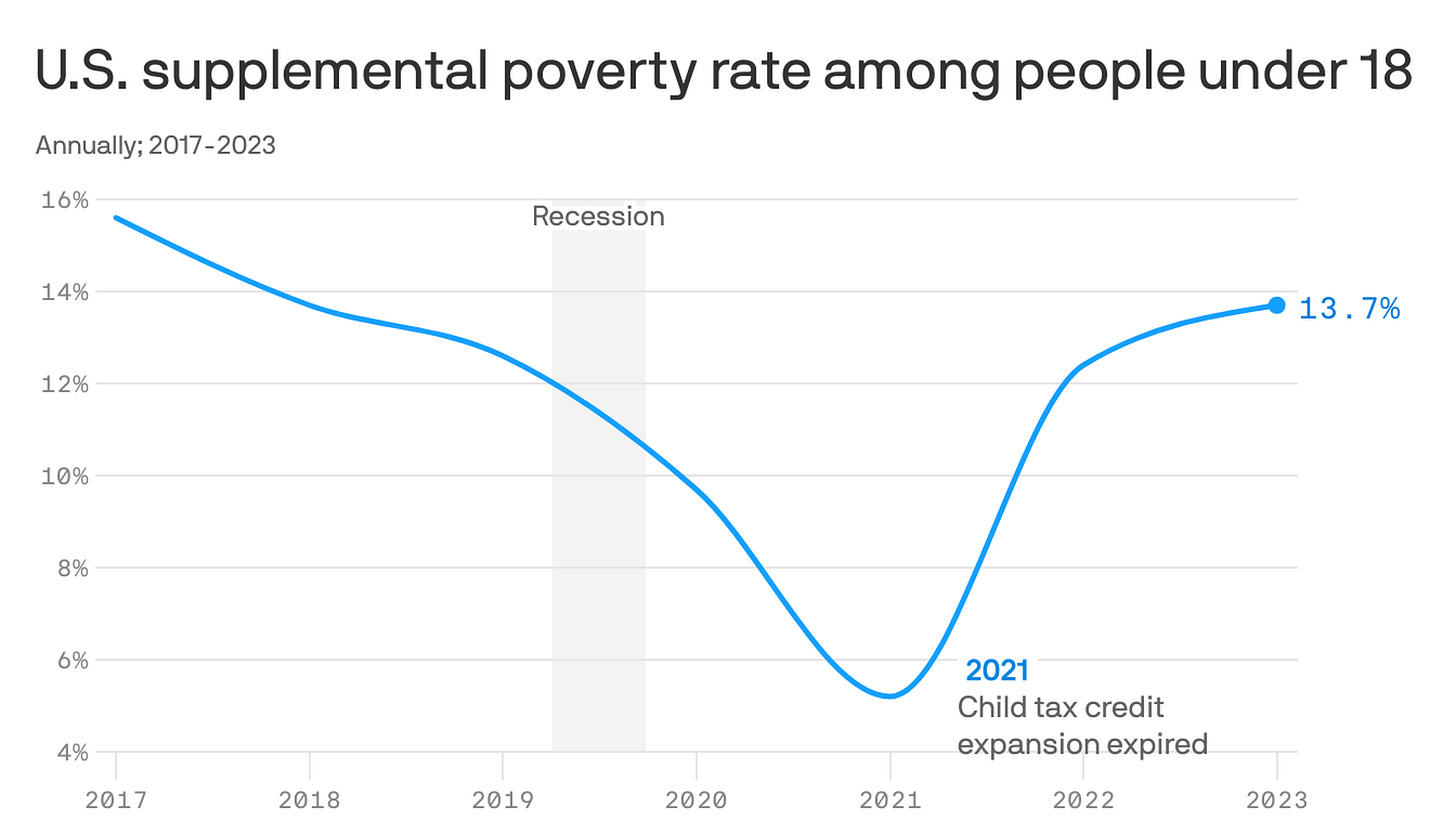
The data above are some of the reasons the liberal elite were wrong. But more importantly, the Trump campaign picked up on the vibes, much like they did in 2016, and crafted the narrative accordingly. If you closed your eyes and listened to Tucker Carlson talk on his new show or heard JD Vance talk on the Joe Rogan podcast, you could easily assume that a Marxist revolutionary is talking. They railed against the system, the liberal elite, and the rampant inequality that existed. They paid heed to people’s experiences. They validated the vibes.
This leaked 2020 email from Peter Thiel tells you a lot.
Side-note: I did a long tweet last year about the increasing frequency of right-wing narratives that mimic left-wing critiques, and why that was the case – worth checking out here.
IV. Trump 2.0
The most important thing to note is that Trump 2.0 is markedly distinct from Trump 1.0. While the prior version was more about mockery and negating the liberals, the current version is much more active and intentional about shaping the world, not just the US, through a particular ideology.
This chapter can be a whole piece, so to be concise, let’s frame some key questions and try to answer them.
Is this a sudden and sharp break from prior trends?
Not really. While liberals try to frame the right-wing movement as a sudden break of the system, the facts simply don’t support that. The Biden admin, much like Trump’s, realized that the global system was breaking, with energy security, containing China, domestic industrial policy, supporting the working class, etc. as key necessities for national security and development. The tones and messaging varied, but the expansion of fossil fuel production, incentives to bring manufacturing back to the US, running high deficits to boost economic activity, walking back from being the global policeman, etc., are all the same.
The problems are, and have always been, structural. They shape those in power, not vice versa.
The difference is what I started the piece with: Democrats continued to work within artificial constraints of political and social norms, while Trump is more keen to bulldoze his way to get stuff done. This is evidenced by how both approach industrial policy. Biden threw carrots at the private sector — offering bottomless mimosas, as Tim Sahay put it — to try to convince capital owners to align with the government’s vision. Trump, on the other hand, has used tariffs and other sticks to force an expedited redesign of the political economy. Same intentions, different approaches.
This is why, with this newsletter, the approach has been to talk about the secular trends around energy and finance that drive the world, rather than focus on politics, because the latter is always a function of the former.
Is this the reactionary movement to neoliberalism that we talked about?
This is a tough one. My initial impression was that Trump 2.0 was the part of the four-point thesis where the right-wing reactionary movement pushes out neoliberalism. Instead, I think the current version of the right wing is the final stage of neoliberalism. We haven’t yet fully turned the corner from the system that has been in place over the past 50 years. The main reason for this is that while Trump and others have successfully tapped into the vibes of discontent, they are not keen to deliver on it. Instead, they are successfully manipulating public discourse and anger to do what neoliberals have done for decades: use the state to funnel wealth towards the elite.
The biggest change is that the faction of elites in power is shifting. In the US, this means moving from the more classical vanguard of traditional finance, Washington intellectuals, and politicians to Silicon Valley tech bros. Everything around DOGE (which is a sham) and cutting agencies is not to get rid of waste, it is merely an indication of how the state will be restrcuctured to serve the new faction of the elite.
Therefore, rather than the class struggle that would represent a true, even right-wing, reactionary movement, Trump 2.0 is simply an intra-elite struggle.
What comes next?
Building off the previous answer, the real danger might still lie ahead. Trump 2.0 has positioned itself as a revolutionary movement, which is why it’s support base is willing to tolerate short-term pain — as with tariffs — as they believe this is part of a larger struggle to reshape the world in their favour.
In short, this is a movement riding the wave of revolutionary zeal and the momentary unchecked authority that comes with it to create new opportunities of elite (the ones it likes) capture.
This is the golden era of grift.
However, if my understanding of this being an intra-elite struggle that is still focusing on funneling wealth to the top is correct, then that invigorated support base is in for inevitable disappointment. The fire of revolutionary zeal eventually becomes uncontrollable.
It is at that point that I think the real right-wing reactionary movement arises, one that is truly anti-elite, focused on full employment, and willing to go beyond merely hard-handed posturing to do what needs to be done to achieve its ideological vision.
Therefore, rather than the liberals pulling off some kind of revival to defeat Trump, I think a JD Vance-led movement from within Trump 2.0 will shape the next step. Vance is much more of an ideologue, and with the backing of people like Thiel and Bannon, one can only imagine what that revolutionary movement will look like.
I’d apply the same framework to other countries as well.
V. Some suggestions
There are 3 frameworks/heuristics that are useful in cutting through the noise and making sense of the era we are now in.
Focus on the left-hand side of the equation
For intents and purposes, making outright predictions is futile. This was largely true even before, given the complex nature of the world, but with the fast-moving and deep-rooted changes of this era, it becomes even less viable. Instead, the emphasis should be on understanding the fundamentals and tracing out potential paths so that it is easier to recognize, and as early as possible, if reality is shaping out differently. Getting the basics right is simply non-negotiable, especially with unprecedented levels of disinformation about every topic.
This also includes paying particular attention to the intellectual history of ideas rather than taking them and the experts, from proposing them, at face value. Where does democracy come from? What’s the history of those who champion democracy? Where does mainstream economics come from? Why are some experts labelled as mainstream while others are heterodox?
Now that it’s clear the global system is breaking down, you’ll become bombarded with all sorts of theories that try to explain it. The only way to separate the wheat from the chaff is through getting sharp on the fundamentals and questioning ideas through first principles.
[For example, Ray Dalio’s debt cycle theory, which has been popular the past few years, doesn’t pass the sniff test]
And for more theoretical topics, don’t rely on secondary sources. For the leftist critiques to better understand the system, read Marx, Gramsci (whom I have heavily used in previous pieces), Stuart Hall, Samir Amin, Fanon, etc.
To better understand the reactionary movement, read Rothbard, Hayek, Mises, and Murray.
Class >>> nations
It is simply not possible to understand the impact of most topics through the lens of nation-states; the only way to at least start the analysis is based on class struggle.
Take tariffs, for example. Many people say that the US has benefited from trade with China, evidenced by the high GDP and GDP per capita. This is misleading because country-level analyses necessarily aggregate across disparate groups. Instead — and you can read more about this in Trade Wars are Class Wars, which I have referenced in previous pieces — the US elite have benefited from asset price increases and increased financialization, while many in the working class have suffered. Look at the average savings of US families, lifespa,n and health metrics, etc. Any attempt to talk about whether the US has benefited or not will result in people talking past each other because the unit of analysis (the nation-state) is a vague concept that is hard to aggregate across real resources
You could also take war as an example. The India-Pakistan conflict is often framed as two nations that have a deeply ingrained rivalry. But who suffers and who profits? On both sides, it is the working classes and masses who suffer, either as civilians killed as collateral or as soldiers martyred in battle, while the elite use the tunes of jingoism to secure their control over material resources and political institutions.
The world simply makes more intuitive sense if you start looking at it through the lens of class struggle and then layer in other factors — I guarantee it.
Have a sense of humor
While the issues at hand are of utmost seriousness, the perhaps unnerving reality is that there’s no way to avoid burnout and crippling despair without being able to engage with people at some level of banter and wit.
Trump, for example, has always been effective at using humor to both galvanize and comfort his supporters.
If you look at the personal histories of left-wing revolutionaries like Castro, Che, etc., you will also find people that, despite the intensity of their struggle, found ways to de-escalate high-stress situations and make fun an integral part of resistance.
This is no way triviliazes the tremendous horrors, particularly with the genocide in Gaza, that we must bear witness to. Instead, it is a way to maintain one’s humanity, forge communal bonds by cutting through the polarizing hysteria that is peddled as analysis, and exhibit a form of love that invigorates and inspires.
Otherwise, you end up as A.J. Soprano.


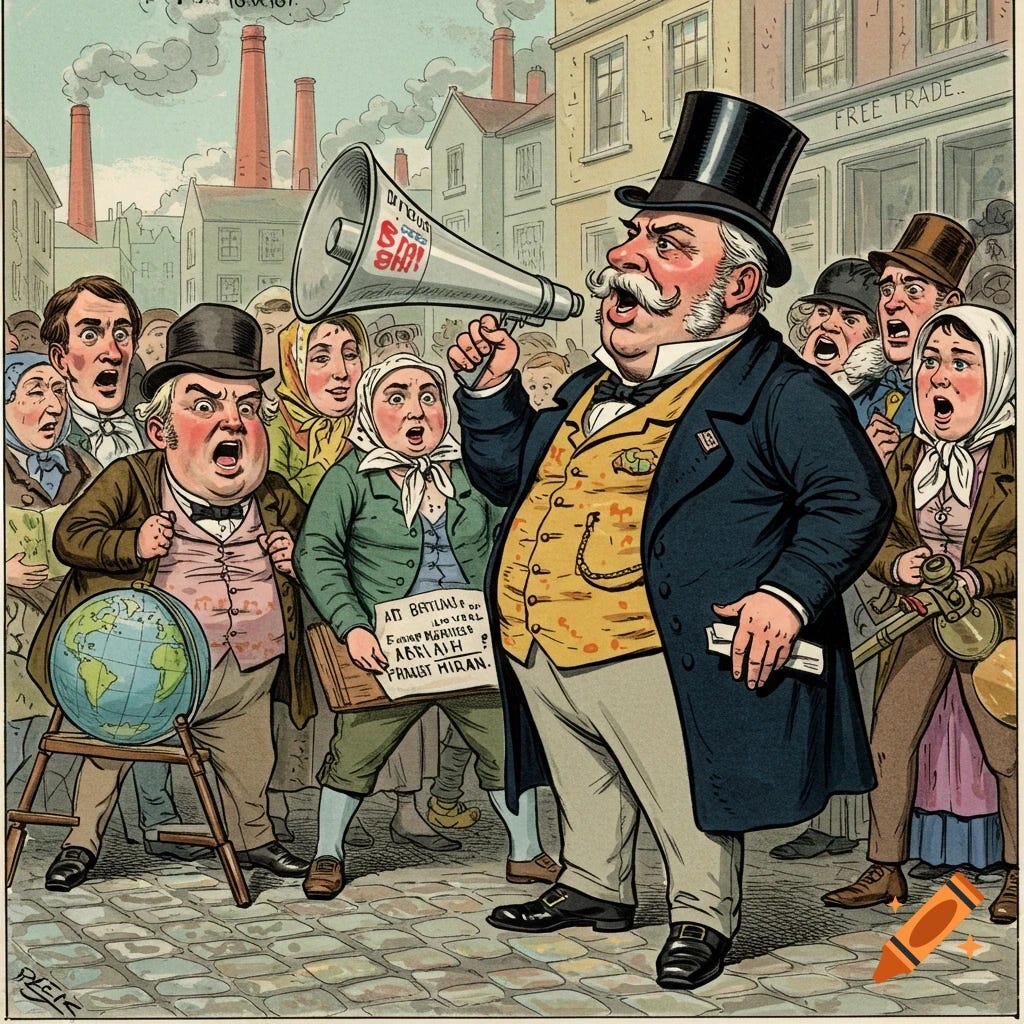
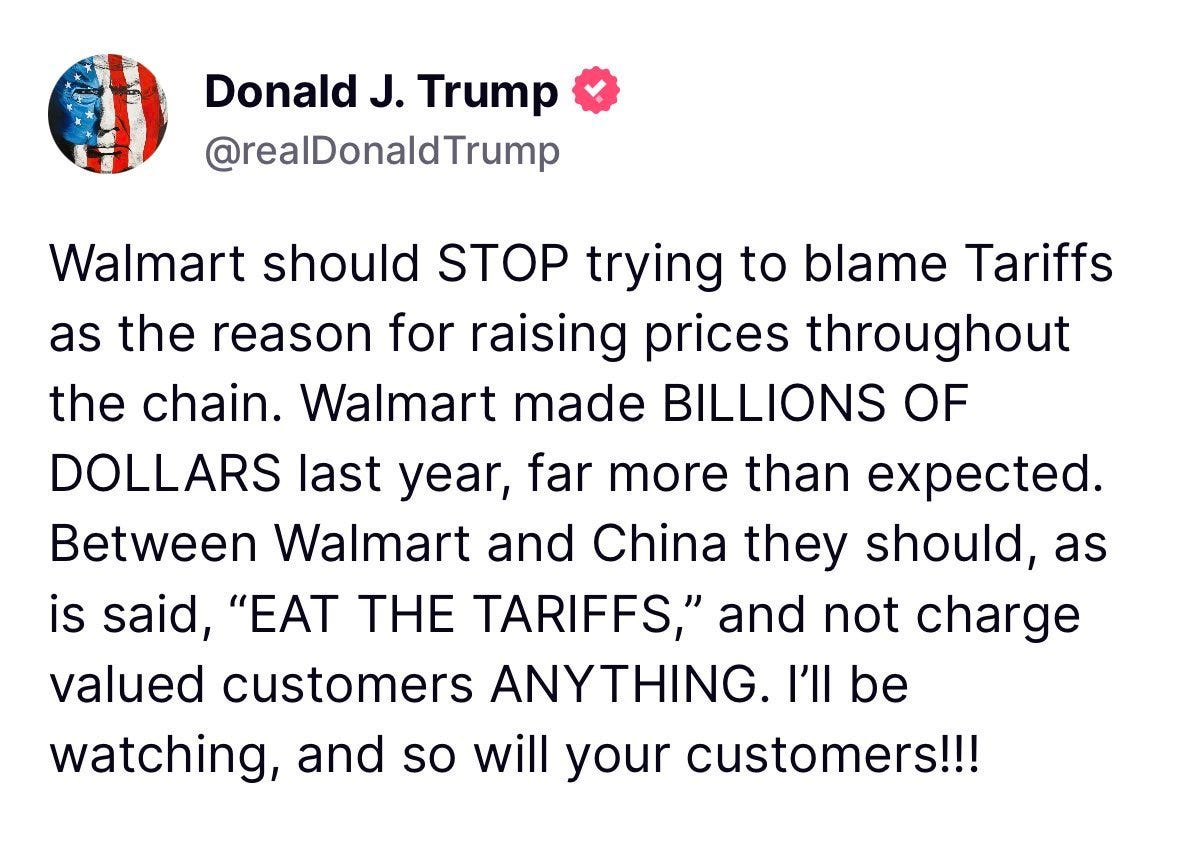


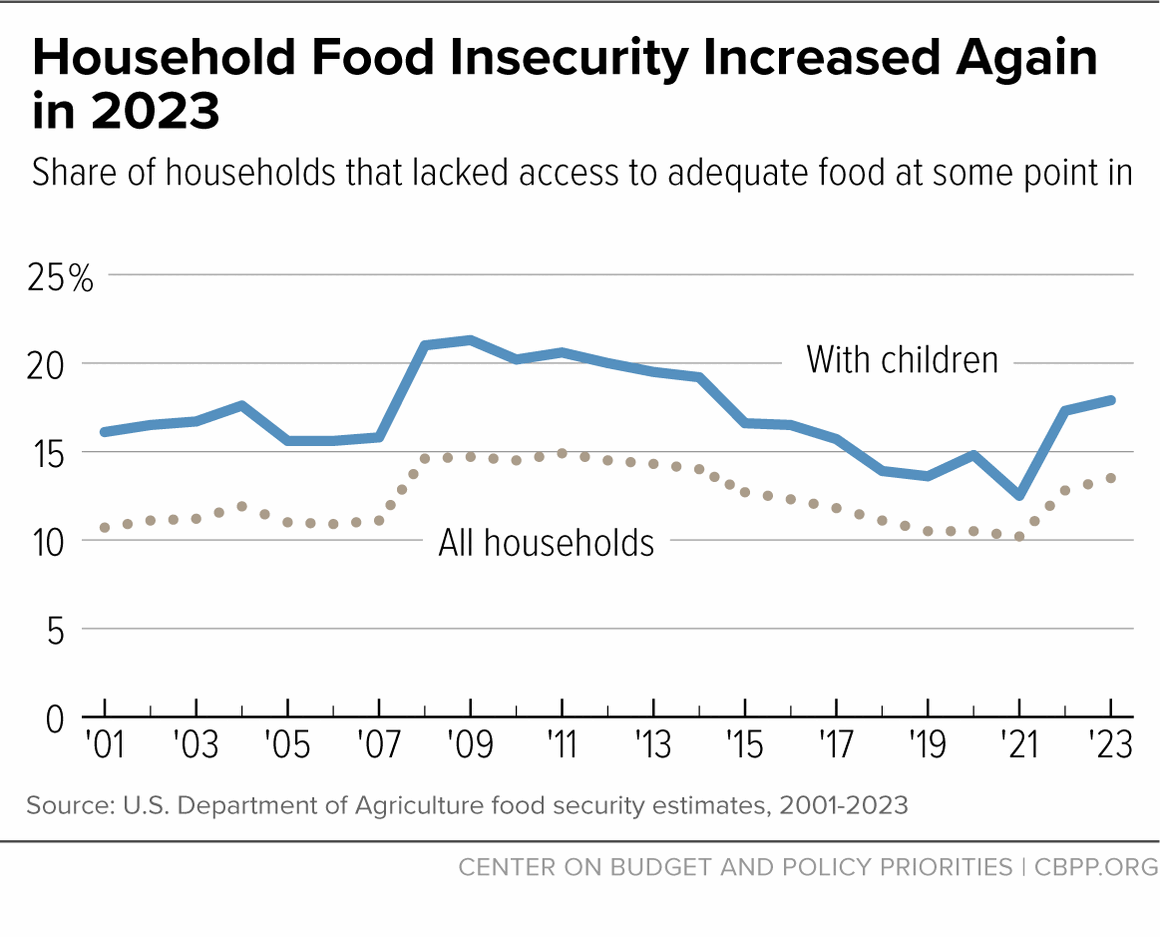

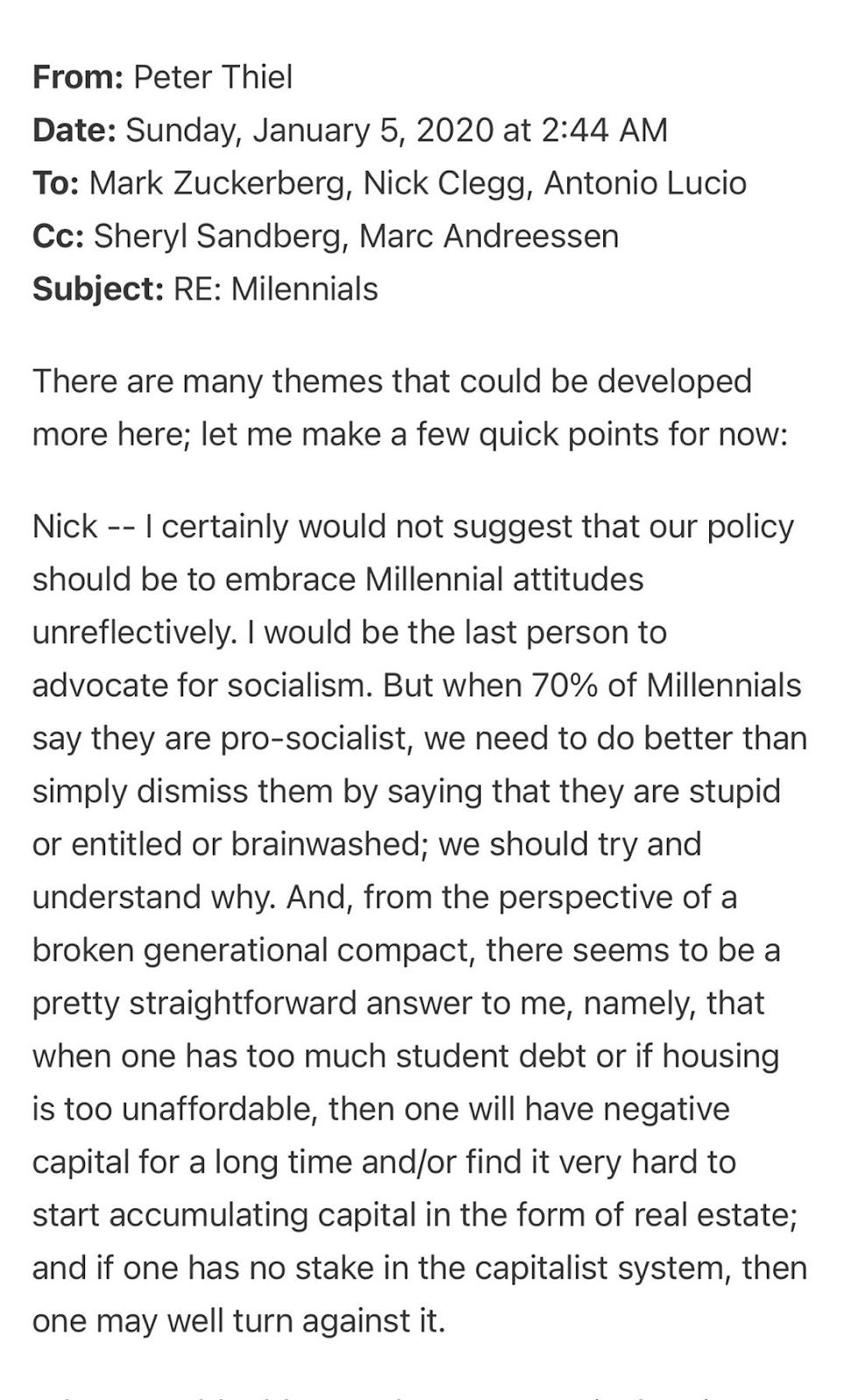

At first, I was disappointed after reading this to see that you haven’t published anything since. But then I decided that was a good thing because I’m more apt to have the time to catch up on your older pieces. You make too much sense to not be more widely-read. (But sadly, that might be a sign of our times.)
While your point of Indo-Pak war is true, it is not that simple. Infact, a large part of nation stood together on this. The feeling of business as usual has been changed completely including the nuclear bluff has been called.